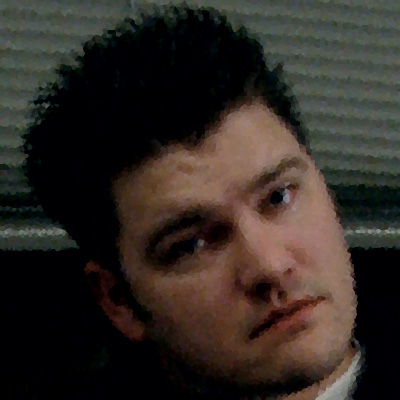"There is nothing new under the sun."
How many times have you heard that? How many times has it be spoken since first it was written for a Bible that was still being assembled and this notion became a part of Ecclesiastes and of our culture? Many times and many ways has this sentiment been repeated by countless writers and orators. Rather than take from this its simplest connotation alone and say that any effort at originality is futile, let us examine this statement and use many, many words to describe a notion that was set so succinctly almost three-thousand years ago.
What a person living in the fertile crescent of 940 BCE know of computers, or MP3 players or CDs? Even an eight-track player would be beyond comprehension to an ancient Mesopotamian. They would know music, however, and there is constant thread leading back from your iPod to the first humans to bang one thing against another and call it music. It might take a lifetime to properly research that thread, but the genealogy of the MP3 would reach backwards through association with the compact disc, cassette, vinyl record, wax cylinder and written sheet music all the way back to an oral tradition of demonstration and repetition. Naturally, the thread is not directly a straight line, but part of a more intricate web connected to data processing, storage and retrieval, the physics of light and sound, social and cultural changes and so on.
In essence, everything exists because of something else. Things are either created as an improvement or modification to an existing product or idea, or they are brought to life to meet a perceived need. If, then, all ideas build upon experience and observation of pre-existing conditions, would it not be possible with sufficient diligence to follow the thread backwards in time to a single inspiration? The one original idea? That source would, for all intents and purposes, be God.
What form might this complex map of mentality take? Certain threads of inventive thought would radiate outwards from a single point as from an Edison, Aristotle or Da Vinci. Some would become a complex tangle around collaborative engineering processes such as space travel and communications. Threads connecting much creative and intuitive work would wind themselves around institutions such as laboratories, universities and corporate juggernauts.
How far back might that thread stretch? What is the prerequisite for insight and the ability to interact with the environment. Imagination and innovation are present in the earliest days of humans as tool users. Did these characteristics spring forth spontaneously at some random point in our development or were we capable of the same thought process as foragers who had yet to recognise the need for tools? If the thread were unraveled and that line followed back far enough, it might just be a map to God's place.



0 Comments:
Post a Comment
<< Home